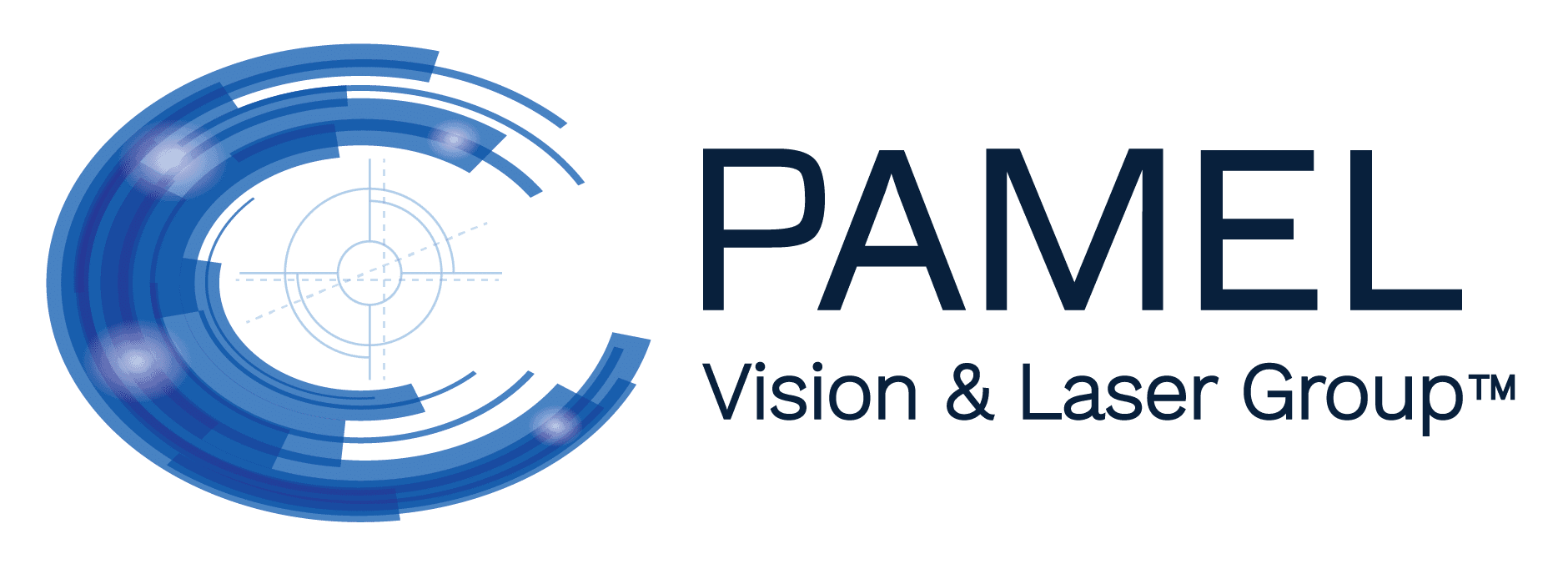Presbyopia Treatments in NYC
Presbyopia Treatment with an Implantable Contact Lens
Presbyopia is the natural aging condition of the eyes that begins to affect people over the age of 40. It is the most common ocular condition worldwide, affecting some 100 million people in the United States. When a person with presbyopia attempts to focus on a nearby object such as newsprint, the natural crystalline lens in the eyes change the shape. The lens goes from a somewhat flattened state to a more spherical shape. The process by which the lens of the eyes becomes more spherical, allowing nearby objects to come into view, is called accommodation.
Accommodation is greatest in childhood (14 diopters) and decreases with age to approximately 55 years when it begins to level off at 1.0-2.0 diopters. Around age 45, accommodation decreases to the point where reading spectacles are needed for small print. It is believed that accommodation diminishes with age because the human lens hardens with age and the lens becomes less able to change shape.
The ciliary muscle is a circular muscle that lines the inner wall of the eyes in the region where the natural crystalline lens is located. The ciliary muscle is attached to the lens by zonules, fibrous anchors that connect to the lens capsule. The ciliary muscle is the muscle responsible for changing the shape of the lens during accommodation by its action on the zonules. Dr. Pamel is a LASIK specialist who also offers a wide array of vision correction procedures designed to offset the effects of presbyopia.
Methods of Correcting Presbyopia
Based innortheastern United States, our practice offers a number of treatment options for presbyopia.
Laser Assisted Presbyopia Reversal (LAPR)
LAPR is a new procedure that is soon to undergo clinical trials for approval by the Food and Drug Administration (FDA). This laser eye surgery procedure, performed at our New York City office, involves the use of a hand held fiber optic piece that delivers pulses using an Erbium-Yag instrument. It is used to make two 4-5mm scleral incisions in four quadrants to expand the sclera. The principle behind the procedure is that by expanding the sclera, the effectiveness of the ciliary muscle-zonular-lens complex changes. As a result, the position of the lens changes, increasing the effective power of the lens in the eyes and enhancing a person’s ability to read. The procedure may also improve the ability of the hardened lens to change shape.
This procedure has been performed in six sites around the world including Spain, Argentina, the Bahamas, and Japan. Out of 250 eyes that have undergone the procedure, an average of 1.9 diopters of accommodation was achieved. That is equivalent to wearing +2.0 reading spectacles. This correction has been stable for more than 18 months.
Scleral Implant Procedure
The scleral implant procedure, performed at our office, involves the surgical placement of silicone bands in four quadrants of the sclera in attempt to expand the sclera and improve the ability of the eyes to accommodate. This procedure is currently under phase II of FDA clinical trials. The procedure has had very mixed results so far. Several papers reported in the literature have found no improvement in accommodation or vision of nearby objects in patients who have undergone this procedure. The drawback with the scleral implant procedure is that the doctor must implant a device in the sclera, which could lead to infection or extrusion of the device with time.
Accommodating Intraocular Lenses
New intraocular lenses, which are referred to as accommodating intraocular lenses, are being developed and tested in clinical trials. We offer this type of implantable contact lens at our office. After the natural lens of the eyes are removed as is done during cataract procedures, an accommodating implantable contact lens is placed within the eyes. The implantable contact lens moves back and forth along the axis of the eyeball when the patient decides to change focus. This, in effect, simulates the focusing ability of a young person whose accommodation is intact.
Currently in the United States, C&C Vision makes an accommodating implant which is undergoing clinical trials in the United States. HumanOptics Corp. based in Erlangen, Germany produces an accommodating lens implant that has been shown in European studies to allow 1.5-2.0 diopters of accommodation. This lens implant is not yet available in the United States.
Source: The HumanOptics Akkommodative 1CU IOL: Restoring Accommodation in the Pseudophakic Patient; Gregory J. Pamel, M.D. in Presbyopia: A Surgical Textbook ed. Amar Agarwal, Slack Publications.
For more information on presbyopia treatment, implantable contact lens procedures or cataract surgery in Astoria / Queens, contact our office today.





